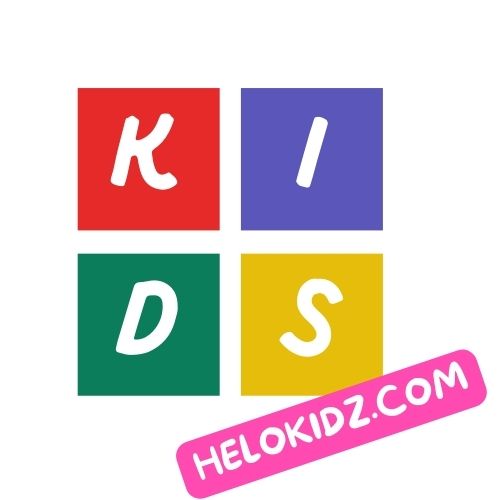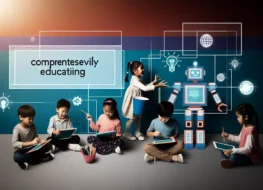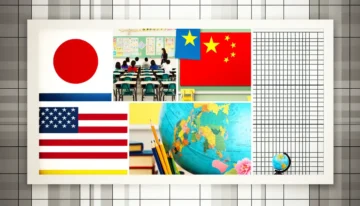
Exploring education systems across Japan, China, and the USA sheds light on diverse learning approaches, each influenced by cultural and historical contexts. Japan’s disciplined moral education, China’s competitive state-controlled environment, and America’s creative diversity offer unique insights into effective teaching methods. Together, these systems highlight how integrating discipline, competition, and creativity can enhance educational outcomes worldwide.
The Iron Thread: Discipline and Moral Education in Japan’s Schools
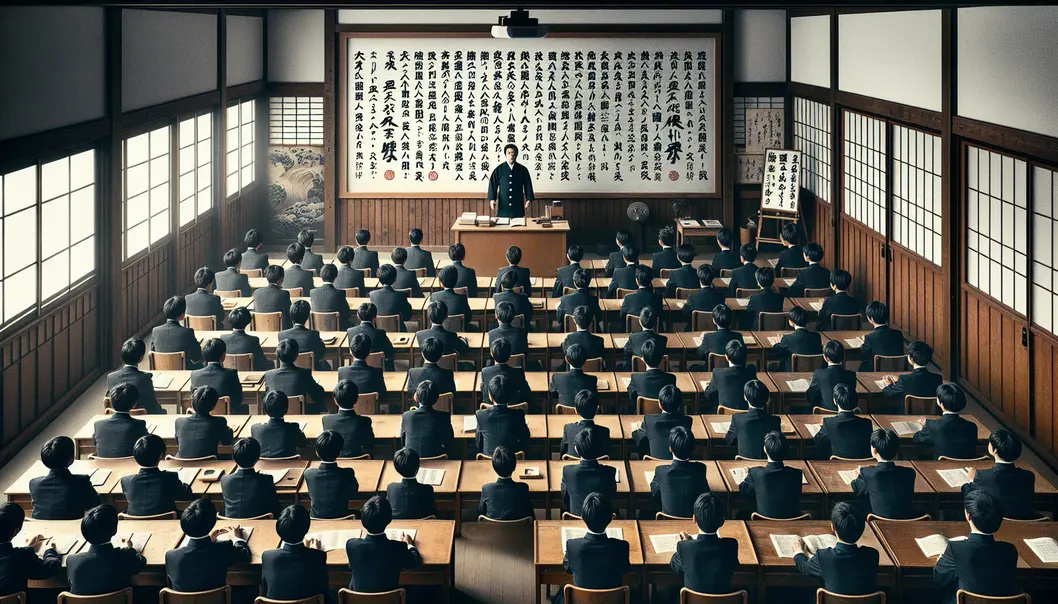
Japanese education is a tapestry woven with threads of discipline and moral education, a design that is both intricate and enduring. In understanding the success of this system, a deep dive into its key themes reveals how discipline and moral values form the backbone of educational practices, shaping students into not only academically proficient but also morally sound individuals.
Central to the Japanese education system is a commitment to discipline. This is not merely about maintaining order but rather creating a structured framework within which students can excel. Classrooms in Japan are characterized by their quiet and organized environment, an intentional setting that minimizes distractions and promotes focus. This structured learning environment is crucial, as it provides students the space to engage in what some might call “deep work”—extended periods of concentrated study without interruption. This method fosters an ability to retain information and think critically, drawing a parallel with meditation, where focus and mindfulness enhance clarity and performance.
The Japanese educational ethos embraces repetition as a key tool for mastery. Students regularly engage in activities that might at first appear monotonous but are, in fact, designed to instill deep understanding and proficiency. From handwritten notes to repetitive practice questions and review sessions, these methods ensure that knowledge is not only acquired but also deeply ingrained.
Moreover, the emphasis on group study and peer learning is another cornerstone of discipline in education. These practices not only support academic outcomes but also cultivate social skills and community spirit. Through collaboration, students learn to appreciate diverse viewpoints, tackle challenges collaboratively, and reinforce complex concepts together. This spirit of mutual assistance and teamwork is an integral part of the schooling experience, reflecting broader societal values of harmony and cooperation.
Turning our gaze to moral education, we find its origins deeply rooted in Japan’s historical and cultural context. The Imperial Rescript on Education of 1890 was a seminal moment, laying down the foundation for integrating moral education into the schooling system. Although it drew heavily from Confucian and Shintō ideals, emphasizing respect, obedience, and loyalty as virtues essential for societal wellbeing, modern practices have evolved to include mindfulness and holistic approaches to personal development.
Courses such as “shūshin”—national moral education—are embedded into the curriculum to systematically impart values. Students are taught the importance of traits such as empathy, integrity, and social responsibility. These courses help them navigate not just academic life but also broader societal challenges, preparing them to be conscientious citizens.
Modern Japanese education has also adapted to include practices like mindfulness meditation, recognizing its benefits in managing stress and enhancing concentration. This combination of traditional values and modern practices supports the dual aims of academic discipline and moral development, ensuring that students are well-rounded individuals prepared for the complexities of adulthood.
In examining the learning secrets of Japan, concepts such as Kaizen—the philosophy of continuous improvement—stand out. This approach encourages students to make small, deliberate changes in their study habits and routines, which over time accrue to significant improvements. This is paralleled by the practice of Jittai, the application of learning to real-world contexts, ensuring that students not only understand theory but also see its practical implications and uses.
Additionally, the integration of mindfulness in education underscores the understanding that high academic achievements and rigorous discipline can coexist with mental well-being. This harmonious blend creates an environment where students can thrive intellectually while maintaining a healthy emotional balance.
Through these practices, Japan’s education system has cultivated a model that blends discipline with moral education, resulting in high academic achievement and societal cohesion. By infusing elements such as deep work, group learning, and moral education into global educational frameworks, other systems might ignite similar success, propelling students to reach their fullest potential.
For parents interested in fostering intelligence and independence in children through similar principles of structured play and learning, this resource may provide valuable insights.
The Dual Edge of Competition and Governance: Insights from the Chinese Education System
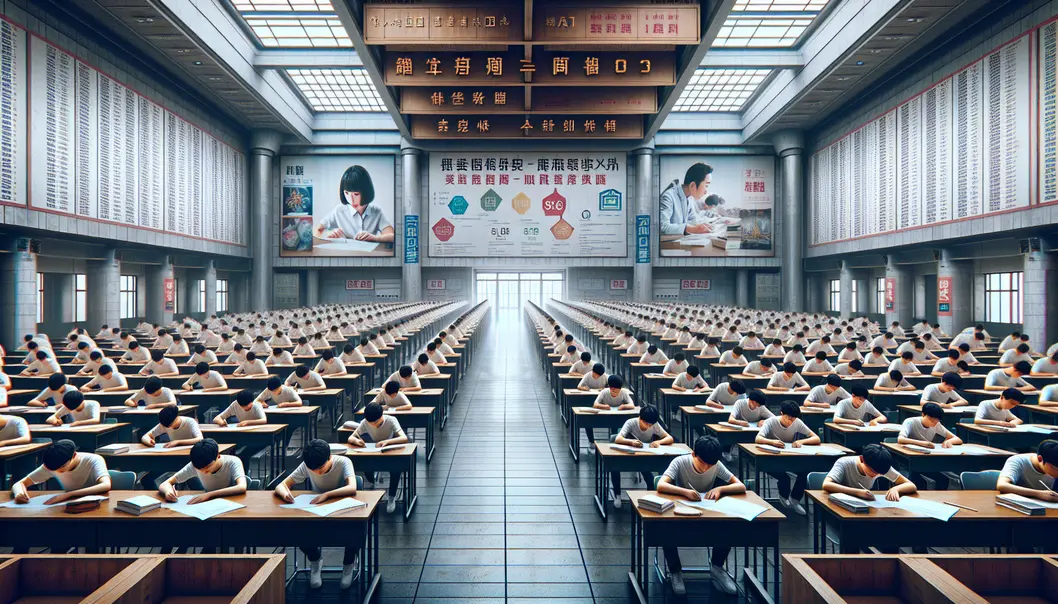
China’s education system presents a fascinating interplay of competition and government control, deeply embedded in its cultural and political fabric. This system not only seeks to elevate academic achievement but also aligns educational outcomes with the nation’s economic and political objectives. Such a framework offers rich insights into how education can be structured for multifaceted goals, albeit with its inherent complexities.
The government exercises comprehensive control over China’s educational landscape, a feature rooted in historical decisions that date back to 1949, when the Chinese Communist Party (CCP) assumed authority over education. The goal was to standardize education and use it as a tool for literacy improvement and political indoctrination. Inspired by the Soviet model, this approach favored technical specialization over broad academic exploration, aiming to generate a workforce aligned with state economic priorities.
This centralized control permeates every aspect of education—from curriculum design to teaching methodologies and even the grading criteria. Schools and universities are required to adhere to state-prescribed content, which invariably includes political ideology alongside traditional academic subjects. This approach ensures that the workforce emerging from educational institutions is not only technically proficient but also ideologically aligned with the state’s objectives.
In tandem with this control, China’s education system cultivates a culture of intense competition among students. The apex of this competitive environment is the Gaokao, the national college entrance examination, which serves as the primary gateway to higher education. This fiercely competitive exam instills a strong work ethic and pushes students to excel; they often attend supplementary evening or weekend schools to enhance their academic prowess.
Such competition is infused into students’ lives from an early age, fostering an ethos of diligence and perseverance. Beyond the Gaokao, students engage in competitions across various fields, including debate and scientific research. This culture not only encourages individual excellence but also implicitly teaches students to navigate high-pressure environments, a necessary skill in China’s rapidly evolving economy.
However, this model—while producing high achievers—presents several challenges. The intense focus on government-defined educational goals can sometimes stifle creativity and innovation at the institutional level. Universities and schools have limited autonomy to explore new pedagogical strategies or curricula that might deviate from the state agenda. As a result, while students may demonstrate individual innovation, the system as a whole can lack the flexibility to adapt quickly to new educational paradigms or market demands.
Moreover, the dual focus on competence and ideology means educational content often balances precariously between fostering critical academic skills and ensuring political conformity. This paradigm can limit the breadth of educational experiences, as opportunities for open-ended inquiry or cross-disciplinary exploration are frequently constrained.
The contrast with the American education system is stark. In the U.S., local control allows for diverse and flexible curricula, encouraging creativity and regional adaptation. This flexibility produces a workforce highly adaptable to new industries and capable of driving broad-ranging innovation.
Despite these contrasts, there are valuable lessons to be drawn from the Chinese education model. The emphasis on STEM fields and practical skills serves as a blueprint for producing a workforce equipped to handle specific economic roles, a strategy that has fueled China’s rapid economic ascent. Countries looking to enhance their own educational frameworks might consider integrating elements of centralized strategic planning to align education with national economic goals, without sacrificing the capacity for innovation and adaptability.
Incorporating the competitive drive seen in Chinese students may also help in fostering resilience and a high achievement ethic among students elsewhere. Balancing this with governance structures capable of adapting to local needs and global education trends could yield a robust educational environment that supports both individual and societal advancement.
Overall, while China’s education system is deeply influenced by its unique cultural and political context, its blend of competition and government oversight presents a dynamic model from which other nations can draw inspiration. Exploring how best to harmonize these elements could lead to a more comprehensive understanding of effective education strategies globally.
Embracing Diversity and Cultivating Creativity: Insights from American Education
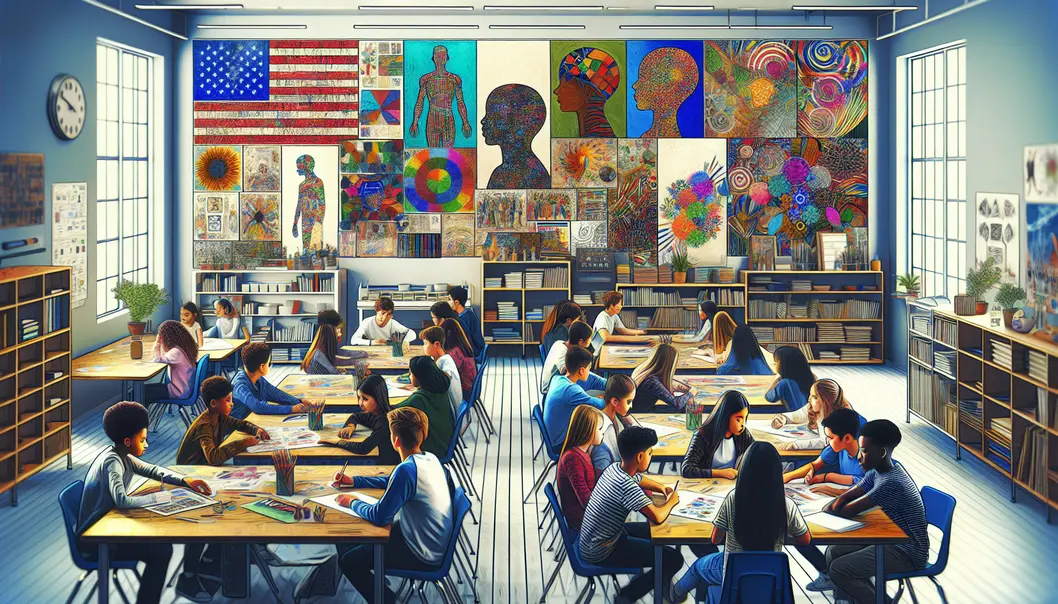
In the realm of education, few systems are as diverse and flexible as that of the United States. With a profound emphasis on creativity and individuality, the American education system serves as a vibrant tapestry woven from myriad cultural, socioeconomic, and experiential backgrounds. This chapter delves into how the interplay between diversity and creativity enriches learning environments, preparing students not just for the classroom, but for participation in a multicultural and dynamic society.
Diversity as an Educational Foundation
At the heart of American education lies a deep commitment to diversity. This extends beyond surface-level differences, embedding itself into the very fabric of pedagogical approaches and curriculum designs. Diversity, in its myriad forms—cultural, linguistic, socioeconomic, and experiential—is recognized as not only a vehicle for social equity but also as a driver of academic achievement.
Through an educational lens, embracing diversity means creating spaces where students from varied backgrounds come together, learning to navigate and appreciate differences. Such environments prepare students for the complex realities of a global society, enhancing their interpersonal skills and fostering a deeper understanding of people from different walks of life. This exposure cultivates an ability to engage meaningfully with new concepts and perspectives, ultimately leading to higher academic performance and more robust intellectual engagement.
Moreover, diversity necessitates inclusive teaching methodologies that cater to a spectrum of learning styles. By doing so, educators can create more engaging and accessible education experiences for all, ensuring that every student has the opportunity to thrive. This inclusivity acknowledges the unique contributions each student brings, celebrating their individual strengths and cultural heritages.
Fostering Creativity Through Cultural Responsiveness
Creativity in American education is not confined to the arts; rather, it permeates all aspects of learning, nurturing critical thinking and problem-solving skills. A key component in fostering creativity is the implementation of culturally responsive pedagogy. This approach respects students’ cultural identities and integrates their cultural contexts into the curriculum, promoting a more personalized and engaging learning experience.
Culturally relevant pedagogy allows students to develop a strong sense of self-identity, encouraging them to see the value in their unique perspectives. It also requires educators to develop cultural competence, an ongoing process of reflecting on personal biases and expanding their understanding of different cultural norms and practices. This evolution not only enhances teachers’ effectiveness but also nurtures an environment where students feel valued and understood.
An essential aspect of this pedagogical approach is the cultivation of socio-political consciousness. By encouraging students to question societal inequalities related to critical themes such as race, class, gender, and language, educators spark creative thought processes that challenge dominant norms. This critical analysis paves the way for innovative solutions to complex social challenges, preparing students to be active, informed citizens.
Innovations Bridging Gaps through Technology
Innovation in education cannot be discussed without acknowledging the transformative role of technology. In the U.S., technology bridges educational gaps, providing creative solutions to meet the needs of a diverse student population. For instance, initiatives such as MIT’s social robot platform designed for Arabic-speaking refugee children exemplify the power of technology in education. These technologies not only facilitate language skills development but also promote social-emotional learning through interactions that are culturally sensitive and tailored to individual needs.
The integration of technology in classrooms allows for interactive and personalized learning experiences that can adapt to the specific needs of students. This adaptability ensures that all students, regardless of their background, have access to quality educational resources that cater to their individual learning paths.
The Critical Role of Teachers
Teachers are the linchpins in fostering diversity and creativity within the classroom. Their role extends beyond delivering content; they are responsible for cultivating an inclusive, responsive educational environment. By designing a culturally responsive curriculum and integrating the diverse backgrounds of their students, teachers create a space where creativity can flourish.
In practice, this means celebrating multilingualism, incorporating family cultural knowledge, and encouraging students to bring their experiences into the classroom. These practices not only enrich the learning environment but also promote a sense of community and belonging among students.
In conclusion, the synergy of diversity and creativity stands as a hallmark of the American education system. By embracing and utilizing the strengths found in a diverse populace, American educational methods push the boundaries of traditional pedagogy, opening doors to innovation and paving the way for a future of globally conscious, creatively equipped leaders ready to tackle the challenges of tomorrow.
For parents keen on fostering smart entertainment and learning opportunities for their children, exploring products such as those discussed in this article can be beneficial.
Integrating Global Education Lessons: Bridging Japanese, Chinese, and American Methods
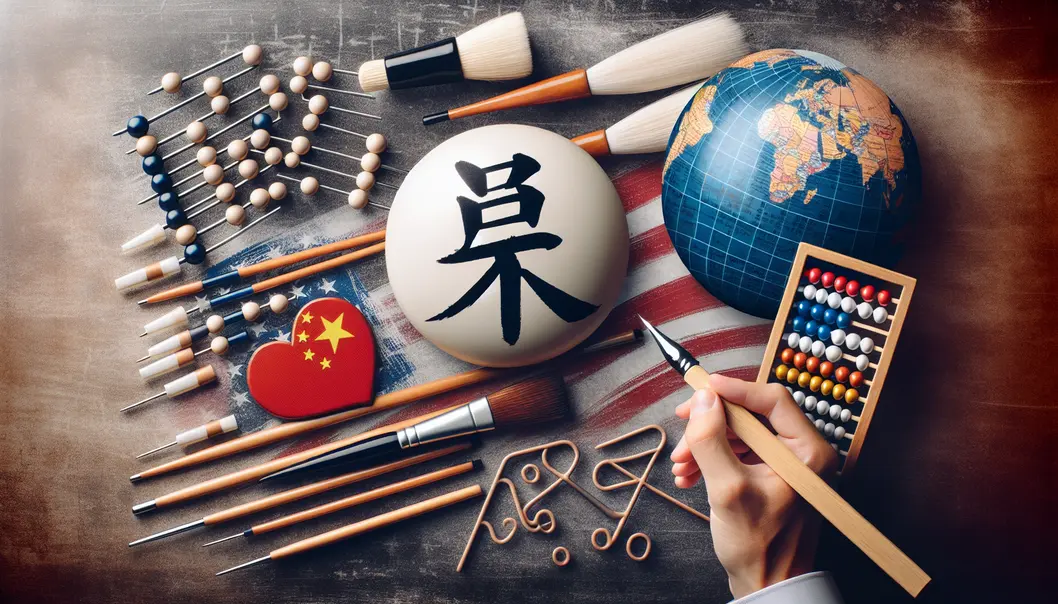
In the rapidly evolving landscape of global education, the task of integrating lessons from Japanese, Chinese, and American education systems is both daunting and necessary. Each system boasts exceptional strengths molded by historical contexts and cultural ethos, offering unique insights into how education can be tailored to produce competent and rounded individuals ready to face the world’s challenges.
The Japanese education system is revered for its deep roots in discipline and academic rigor. This structure is not merely ostensible; it’s embedded in the curriculum through shūshin, or moral education, emphasizing community and societal values. The Ministry of Education’s control ensures a uniform national curriculum, aligning students’ educational journeys with the needs of a society that values precision and order. However, there lies an inherent challenge in this rigidity: the stifling of creativity and the psychological burden of intense academic pressure. Japanese students often excel in international standardized tests, thanks to extended study periods and rigorous entrance exams that filter academic pursuits into higher education. Yet, the system could benefit from incorporating elements that foster innovation, a critical aspect in today’s knowledge economy.
China’s educational approach, much akin to Japan, centers around discipline and an uncompromising focus on STEM subjects. Centralized control by the state ensures that educational standards meet the demands of an economy set on rapid technological advancement. The Gaokao, an infamously arduous national college entrance exam, plays a pivotal role in shaping students’ futures. However, the severe pressure of standardized tests and the disparities in education between urban and rural areas pose significant challenges. In recent years, there has been a subtle shift towards including critical thinking and creativity within the Chinese educational paradigm. The nation is beginning to recognize that innovation is as imperative as technical knowledge in sustaining economic growth and addressing global complexities.
Contrastingly, the American education system stands out for its flexibility and diversity. Local control over curriculum development allows schools to adapt to community needs, prioritizing creativity and critical thinking. This system nurtures individuality and innovation, producing a workforce equipped to tackle diverse challenges with a robust problem-solving mindset. However, this very diversity can be a double-edged sword; it results in inequities, where educational quality can significantly vary across socio-economic and geographic lines. Unlike Japan and China, where centralized control ensures standardization, the U.S. lacks a uniform standard, which can undermine educational equity. Balancing local development with national educational goals remains one of its principal challenges.
Integrating best practices from these diverse approaches could potentially revolutionize global education systems. What if the structured discipline of Japanese and Chinese methods could be combined with the creative fosters of American education? Encouraging critical thinking within a disciplined framework can not only maintain academic rigor but also innovate it. Similarly, embedding moral and community-driven education from Japan with the clear-cut technological emphasis of China, could produce a holistic curriculum fostering both ethical compass and technical prowess.
Addressing educational disparities is crucial for global integration strategies. Developing policies that bridge the gap between different socio-economic backgrounds can help ensure that high-quality education is accessible to all, irrespective of geographical or economic barriers. By reducing these disparities, nations can cultivate a more equitable society where every student has the opportunity to excel.
Enhancing teacher training is another vital strategy. Teachers, the cornerstones of educational systems, need continuous training to adapt to evolving educational needs and incorporate global best practices. Investing in teacher development and providing them with tools to foster a dynamic learning environment can significantly impact educational outcomes. As the gatekeepers of knowledge, teachers play an indispensable role in implementing and maintaining these integrated educational methods.
Lastly, promoting global perspectives through curricula can prepare students for an interconnected world. Exposure to different cultures and global issues fosters empathy and understanding, equipping students with the skills to thrive in a multicultural environment. This emphasis on global awareness can inspire students to become not only knowledgeable professionals but also socially responsible global citizens.
In sum, the potential for educational innovation lies in melding the strengths of these three diverse systems – drawing on Japan’s sense of community, China’s steadfast discipline, and America’s inventive spirit. By building bridges rather than walls between educational philosophies, we can cultivate systems that not only advance knowledge but also develop the ethical, creative, and intellectual capacities necessary for future generations.
Final thoughts
Reflecting on the diverse educational methods from Japan, China, and the USA highlights the importance of integrating discipline, competition, and creativity. Each system presents valuable lessons for fostering global educational development, emphasizing a balanced approach that can cater to varied learning needs worldwide.
Explore more insights on global education systems. Share your thoughts and join us at Helokidz!
Learn more: https://helokidz.com/
About us
Helokidz – “Nét chữ nết người”. A platform sharing parenting insights and knowledge about nurturing and educating children effectively!
